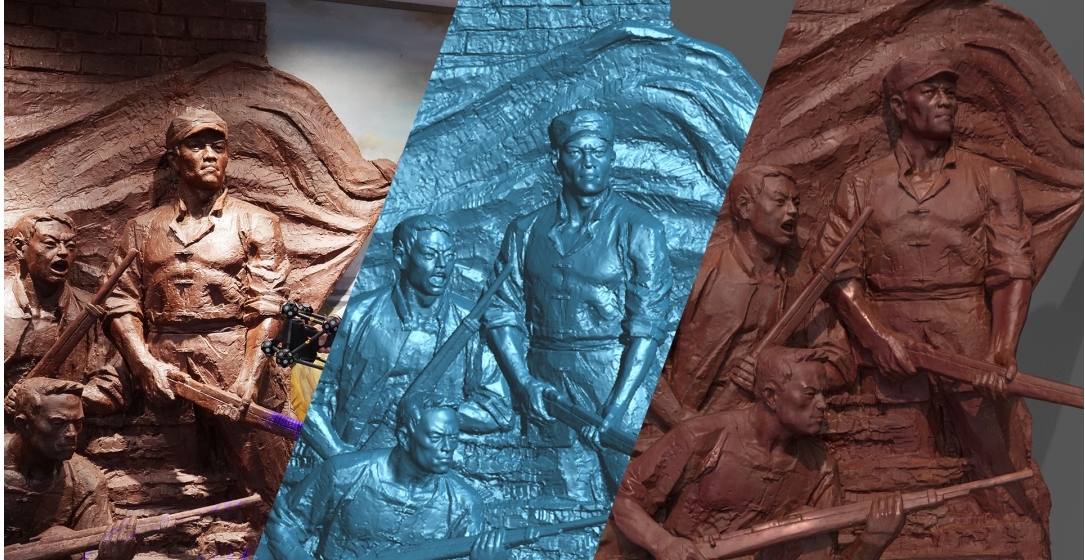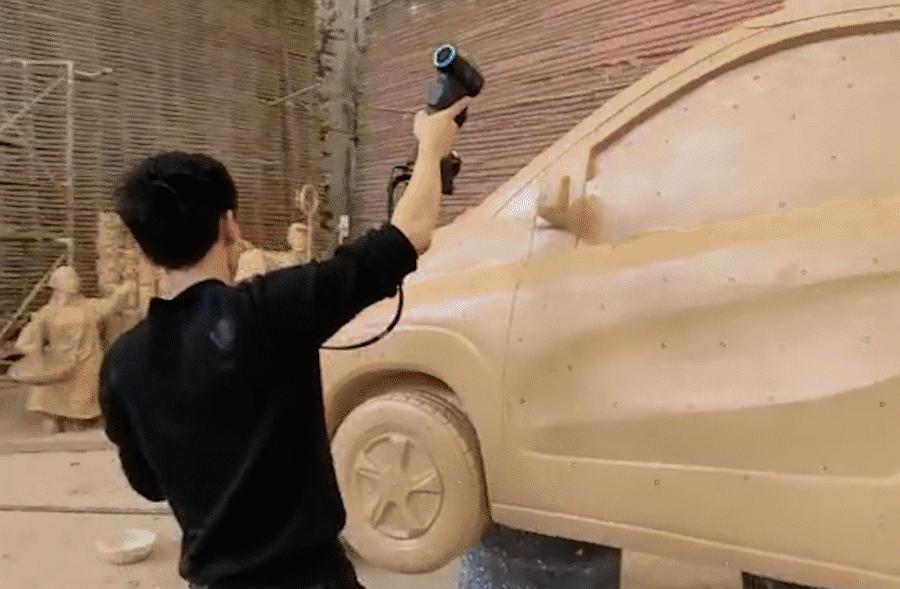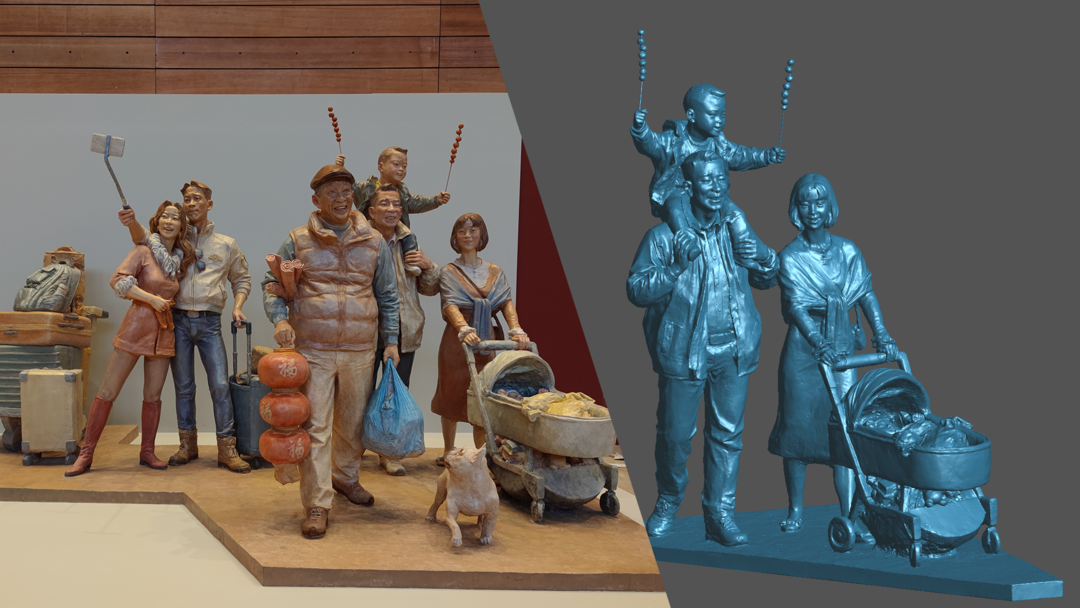Backgrounds
A museum is a building that cares for and displays a collection of artifacts and other objects of artistic, cultural, historical, or scientific importance. Many public museums make these items available for public viewing through exhibits that may be permanent or temporary. There are many types of museums, including art museums, natural history museums, science museums, war museums, and children's museums.
The purpose of modern museums is to collect, preserve, interpret, and display objects of artistic, cultural, or scientific significance for the study and education of the public. To a museum professional, a museum might be seen as a way to educate the public about the museum's mission, such as civil rights or environmentalism. Museums are, above all, storehouses of knowledge.
So the museum gradually became one of the symbols of a nation's spiritual inheritance and it is also one of a channel for historical learning. However, the museum can not move easily and some collection is very precious and can not be allowed to transport many times. So many museum enthusiasts and scholars will travel around the world to visit the museum, and they will spend a lot of time on the road and take big cost if the exhibition is oversea.
Fortunately, with the development of 3D technology, 3D scanning helps the virtual museum speed up development to let people visit museums on the internet. Also, 3D scanning could help them study, restore or simply archive them with much more details than traditional 2D pictures. So developing the virtual museum with 3D technology is becoming more and more important and popular.
The advantage of 3D scanning for museums:
There are many advantages of using 3D scanning in the museology fields:
#1. With higher accuracy. 3D scanning systems could help the digital storage program to capture more details than 2D pictures and human eyes. The accuracy of the 3D scanner is higher than 2D, so it could get more details. Sometimes the most important thing lay in the details, from which you could know more about the history and understand more about the meaning of the artifact. What's more, with the highly accurate 3D scanning system, museums can now create their own 3D archives and store digital 3D models of their entire collections, instead of relying on mere 2D pictures.
#2. Improving accessibility to museums and cultural heritage. 3D scanning built another channel for virtual museum visits. A person can visit an exhibition from the comfort of his own home. This is very popular recently because for some reason, people can not travel around the world very easily. With the help of 3D scanning, they can use the internet to know more about the artifacts through 3D models now, and they can visit the museum and do their research work anywhere for as long as they want.
#3.Resource sharing and management. After establishing a large 3D model database for the museum, the artifact won't need to be transported to different places to study. If artifacts around the world could be put in the same 3D database, the researchers could study together by sharing 3D models.
#4.Preserving cultural objects. Some objects are in danger, be that from armed conflicts, natural disasters, or simply time erosion. It is possible to use 3D scanning to keep accurate 3D mappings and repair them when they have some damage.
Application:
Case1-HyperScan Plus

 In order to celebrate the establishment of the Communist Party of China for a century, many cities have held exhibitions showing the history of the Communist Party, there are many sculptures created by the artist to show the history story vividly, which visitors will be more interested in the historical study. Also, our government established online 3D digital exhibitions at the same time so that need to collect 3D data of exhibits in traditional museums.
In order to celebrate the establishment of the Communist Party of China for a century, many cities have held exhibitions showing the history of the Communist Party, there are many sculptures created by the artist to show the history story vividly, which visitors will be more interested in the historical study. Also, our government established online 3D digital exhibitions at the same time so that need to collect 3D data of exhibits in traditional museums.


Because the size of the artifact is really large and the complex design of this artifact. Traditional method will take a big challenge to collect the 3D data. ZG adopt the optical tracking system - HyperScan Plus to solve the challenge quick and well.
#1.Plug and scan, It's not required to place markers on the part and saves your preparation time.
#2.High-Efficiency Scanning speed up to 2,100,000 measurements/s.
#3. Large tracking volume of ZG-Track to secure large part scanning
#4.The scanning accuracy up to 0.025mm, it will meet high accuracy inspection requirements.
Case 2-RigelScan Elite


In the process of creating sculptures which have no original data to help the creative work, we need to revise it slowly. So traditional sculptures always take lots of time. And the inspection work is also very difficult when it comes to sculptures as it's quite fragile.


For shorten the inspection time of the sculptures and collect the data for preservation, ZG adopt portable 3D Scanner - RigelScan Elite.
Let's see how RigelScan Elite work very well:
#1.Non-contact Measurement, flexible to scan the part without any contact on the part surface;
#2.High-Efficiency Scanning speed up to 6,500,000measurements/s;
#3.The accuracy is up to 0.02mm;
#4.High Adaptability, which is insensitive to different working environments.
Conclusion:
The new age in museums will be one with intense collaboration between research groups, digital artists, and the living representatives of heritage communities. And in this realm, it’s increasingly apparent that 3D scanning will play an important role in the preservation and promotion of cultural heritage. In this way, museum scenes can be permanently preserved on a digital level. ZG Technology has long been engaged in research in digital photogrammetry, computer vision, pattern recognition, and artificial intelligence. Several of its self-developed core technologies are at the leading international level, constantly updated, and always at the forefront of industry technology. If you are interested in digital museums and digital exhibition halls, please try our highly sophisticated equipment.










 In order to celebrate the establishment of the Communist Party of China for a century, many cities have held exhibitions showing the history of the Communist Party, there are many sculptures created by the artist to show the history story vividly, which visitors will be more interested in the historical study. Also, our government established online 3D digital exhibitions at the same time so that need to collect 3D data of exhibits in traditional museums.
In order to celebrate the establishment of the Communist Party of China for a century, many cities have held exhibitions showing the history of the Communist Party, there are many sculptures created by the artist to show the history story vividly, which visitors will be more interested in the historical study. Also, our government established online 3D digital exhibitions at the same time so that need to collect 3D data of exhibits in traditional museums. 


